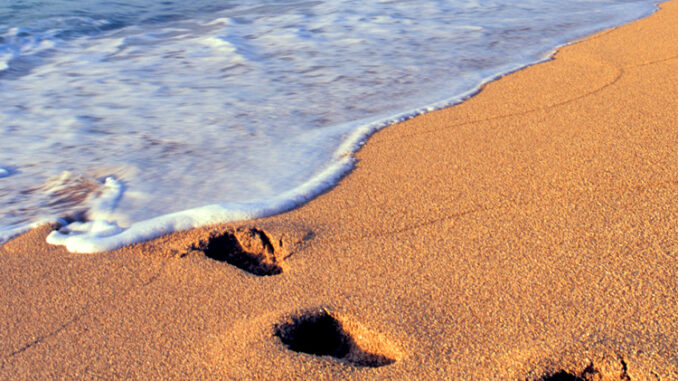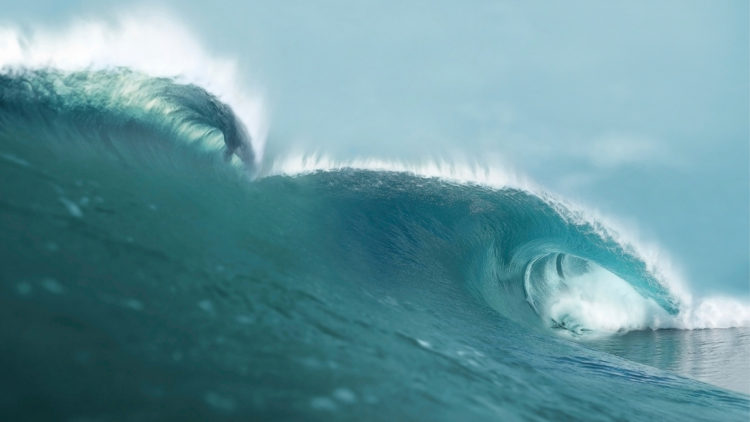
There are a lot of things to enjoy at the beach, especially the waves! Why do waves happen? Wind causes waves. The stronger the wind blows, the bigger the waves grow. Waves are a transfer of energy. As wind passes over water, energy from the wind is transferred to the water. Friction between the air molecules in the wind and the current in the water creates energy that builds up, causing waves to form.

Three things about wind affect waves: how fast the wind blows, how long the wind blows for, and the distance over the water the wind blows. All waves have a top, called the crest, and a bottom, called the trough. The distance between the trough and the crest is called the wave height. Large waves can be 60 feet tall! Rolling waves that travel long distances across the ocean are called swells. If the wind stops, waves will stop growing, but they will not stop traveling. Waves continue to travel until they run into something, like the beach, where they break. The bottom of the wave, near the ocean floor, slows down and the top spills over. Even when there is no wind, waves continue to roll onto the shore.
What Do You Think? Do some research. During which season would you see the most waves at the beach? Why?
Photo Credit: (t)Ingram Publishing/SuperStock, (b)Jens Carsten Rosemann/iStock/Getty Images



